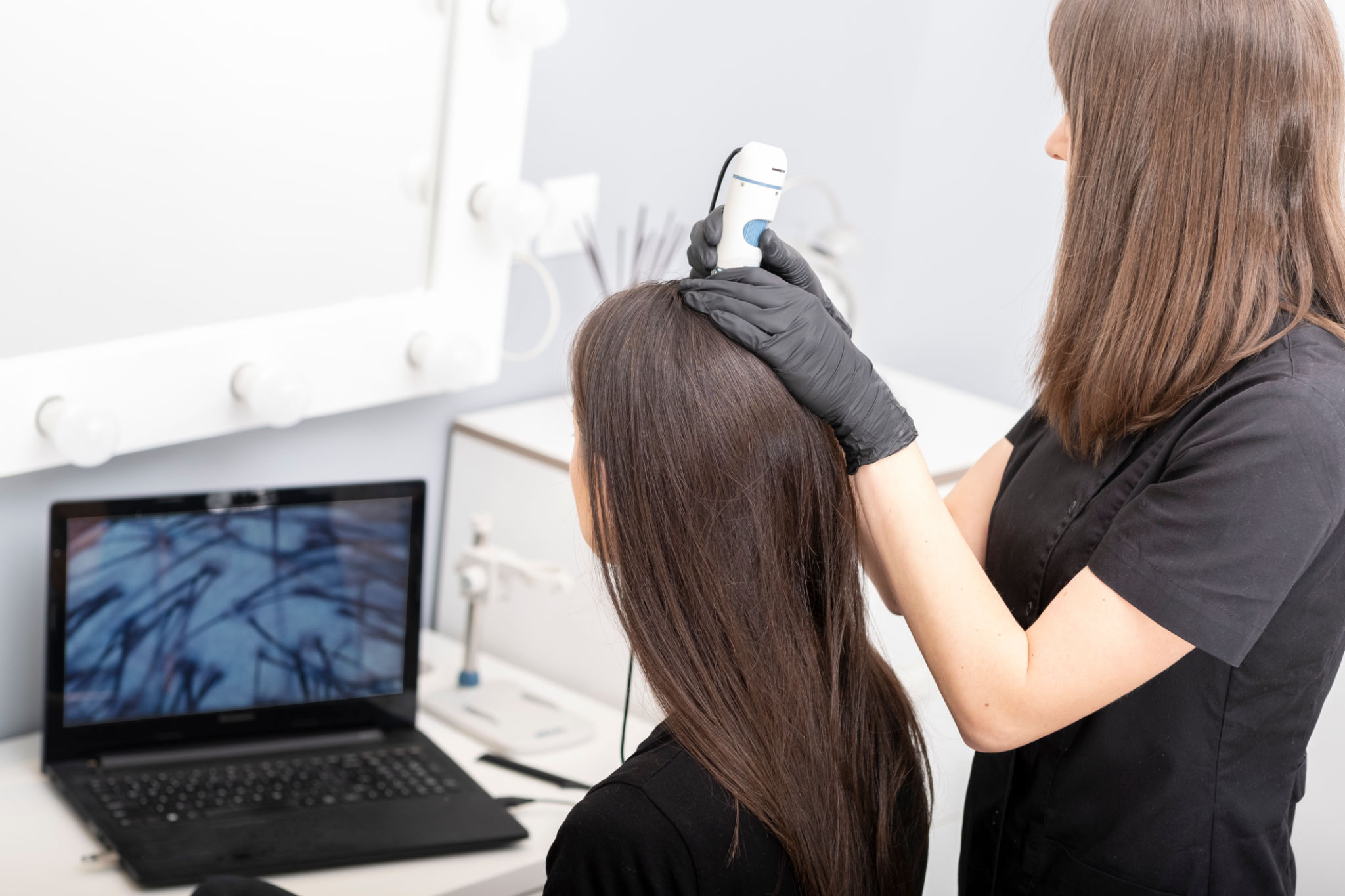Top 5 Benefits of AI in Hair and Scalp Diagnostics
Introduction to AI in Hair and Scalp Diagnostics
In recent years, the integration of artificial intelligence (AI) into healthcare has revolutionized various domains, including hair and scalp diagnostics. AI technologies offer innovative solutions that enhance the accuracy and efficiency of diagnosing hair and scalp conditions. Here, we explore the top five benefits of employing AI in this field.
Enhanced Diagnostic Accuracy
One of the primary benefits of AI in hair and scalp diagnostics is the enhanced accuracy it provides. AI algorithms can analyze large datasets of scalp images to identify patterns and anomalies that may be indicative of underlying conditions. This capability allows for more precise diagnoses compared to traditional methods.
AI systems use machine learning to continuously improve their diagnostic capabilities, learning from each new case. This not only reduces the margin of error but also facilitates early detection of issues like alopecia or psoriasis.

Personalized Treatment Plans
AI enables the creation of personalized treatment plans tailored to individual patients. By analyzing detailed data about a person's hair type, scalp condition, and medical history, AI can suggest customized solutions that are more likely to be effective. Personalized treatment plans ensure that patients receive care that is specifically suited to their unique needs.
This personalization extends beyond treatment to include preventive measures, offering recommendations on lifestyle changes or products that can help maintain a healthy scalp.
Improved Patient Monitoring
AI systems excel in monitoring patient progress over time. With ongoing data collection and analysis, healthcare providers can track changes in a patient's condition, making it easier to adjust treatment plans as needed. This real-time monitoring capability ensures that any necessary interventions are made promptly, potentially improving outcomes.

Efficiency and Time Savings
AI significantly reduces the time required for diagnosing hair and scalp issues. Traditional diagnostic methods often involve multiple appointments and extensive manual analysis. AI streamlines this process by quickly evaluating images and data, providing rapid insights that lead to faster decision-making.
This efficiency not only benefits healthcare providers but also enhances patient satisfaction by reducing waiting times and expediting care delivery.
Cost-Effectiveness
The implementation of AI in hair and scalp diagnostics also contributes to cost-effectiveness. By minimizing the need for repeated consultations and unnecessary tests, AI reduces overall healthcare costs. Additionally, early detection and personalized treatments can prevent more serious and costly interventions down the line.

Conclusion
The integration of AI into hair and scalp diagnostics presents a promising frontier in medical technology. From improving accuracy and personalizing treatment to enhancing monitoring and cost-efficiency, the benefits are substantial. As AI technology continues to evolve, its impact on healthcare will likely grow, paving the way for more advanced diagnostic solutions in the future.